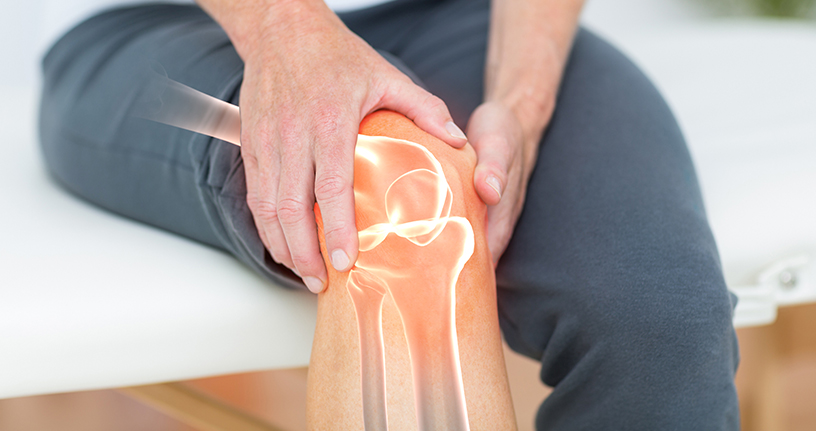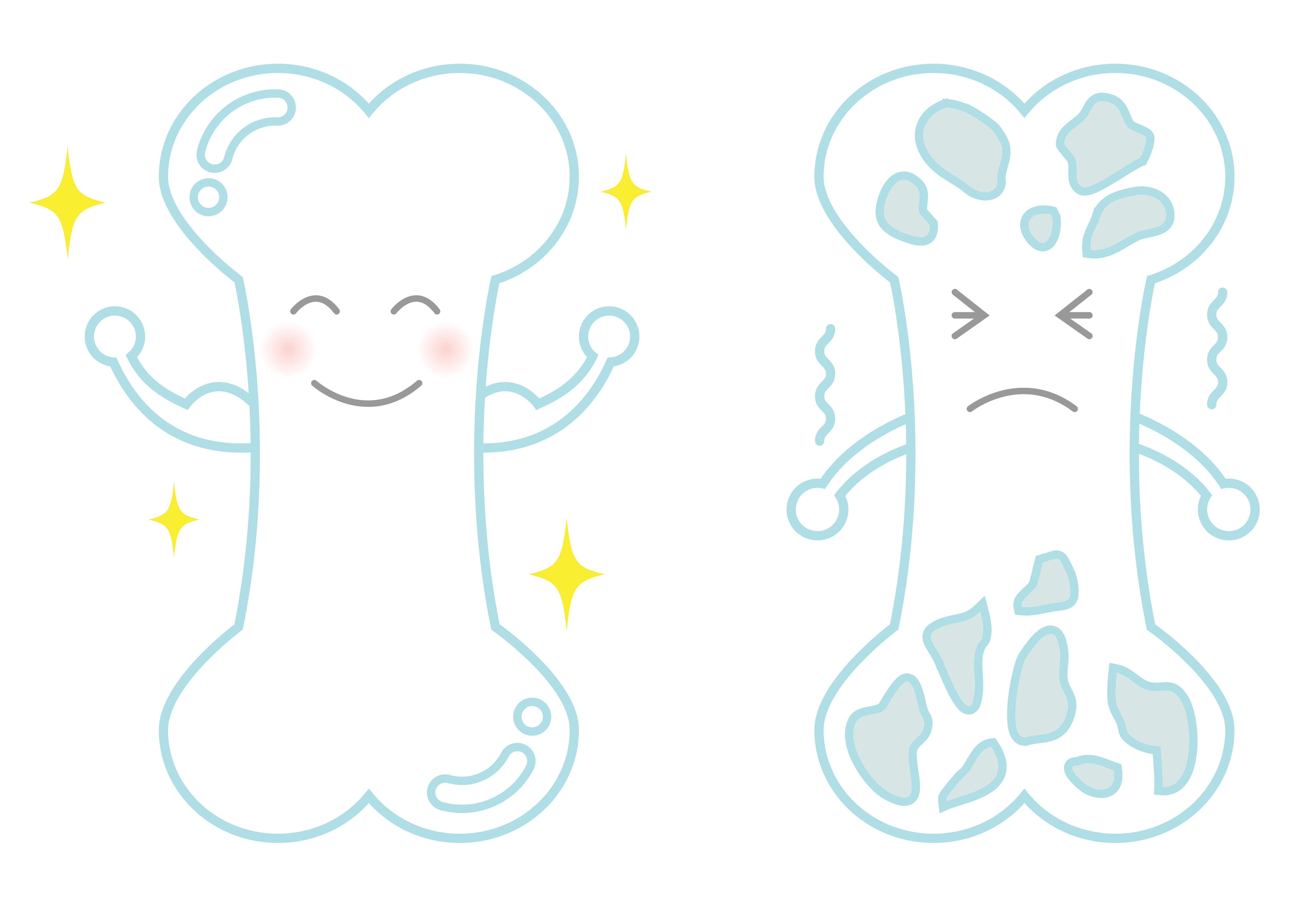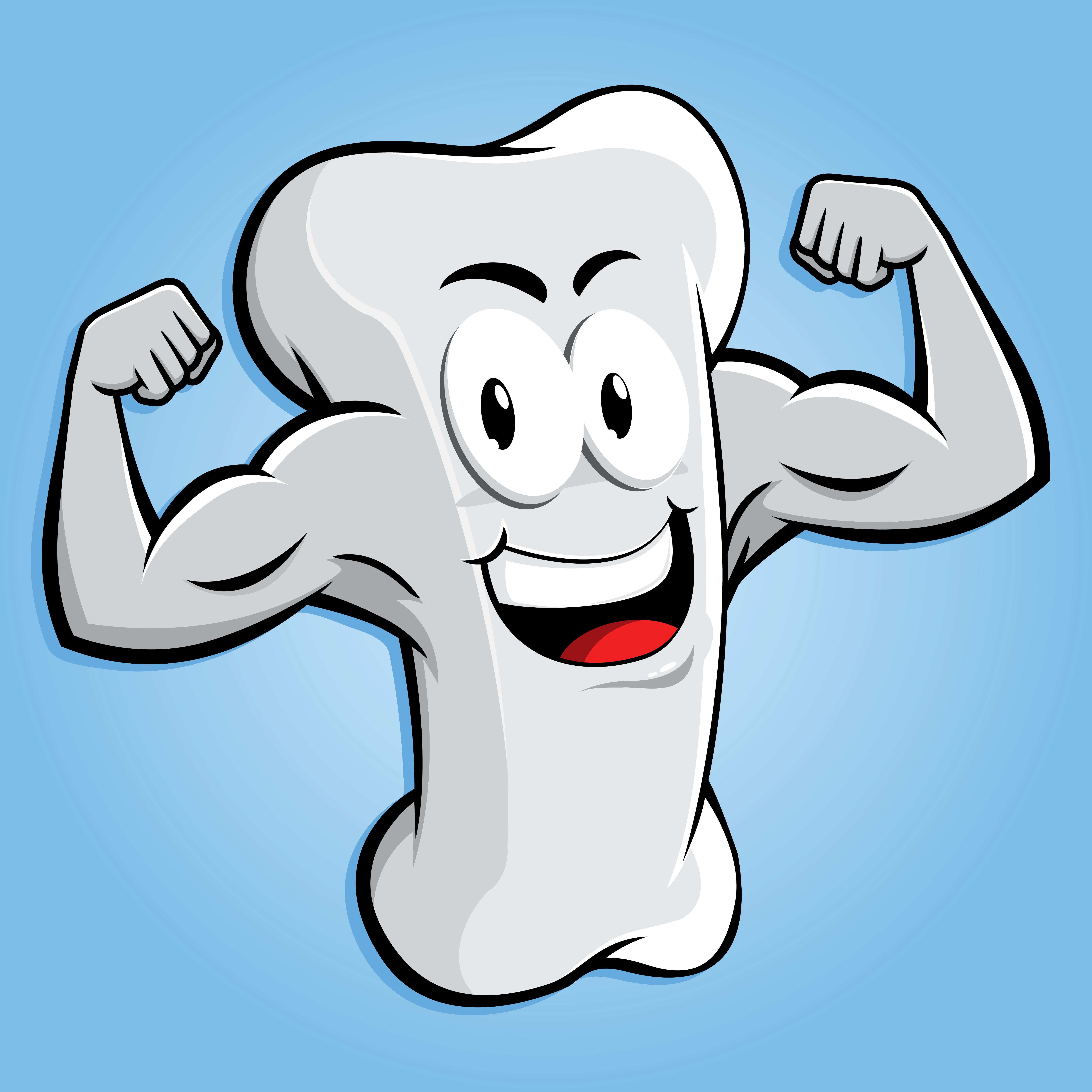The diagnosis of a bone problem such as osteoporosis is a challenge for doctors because of many available tests and complexities of interpretations. Bone density test is a non-invasive test to assess skeletal health.
If you have osteoporosis, your bones become weak and are more likely to break. Early diagnosis is important to prevent and treat the condition. However, you can step at any age to protect your bones and reduce the risk of bone fracture. You should know whether you have osteoporosis by getting a bone density test. The test can also be called as bone mass measurement test. A machine is used to measure bone density. It estimates the amount of bone in your spine, hip, and sometimes other bones. Your test result will help your doctor make suitable recommendations that help you treat bone issues. Get the best osteoporosis treatment online and buy bone health supplements online to improve your bone health.
What is the use of a bone density test?
A bone density test tells a doctor if you have normal bone density, low bone density or osteoporosis. It is the only way to detect low bone density and diagnose osteoporosis. A bone density test can:
- Detect low bone density before a person breaks a bone
- Predict an individual’s chances of having a fracture in the future
- Confirms the diagnosis of osteoporosis when a person has already broken a bone
- Determine whether a person’s bone density increases decreases, or remains constant.
- Also, monitor a person’s response to treatment.
Who should have a bone density test?
Guidelines recommended bone screening for those who are at high risk for osteoporosis, and these are:
- Women over 65 years of age and men over 70 years of age
- Postmenopausal women under the age of 65 and men ages 50 to 70 have the following risk factors:
- Chronic rheumatoid arthritis, eating disorders, chronic hepatic insufficiency, lacking sex hormones at an early age
- Overactive thyroid gland or taking high doses of thyroid hormone medication
- The overactive parathyroid gland, also termed hyperparathyroidism
- Significant weight loss
- A history of hormone treatment for prostate or breast cancer
- Taking corticosteroid medications daily for more than three months
- Smoking
- Consumes alcohol daily or most days
Types of bone density tests
Different kinds of machines are available for bone density testing. The most common method is the DEXA scan, which uses low dose X-rays. You will be asked to lie on a cushioned table, and a scanner passes over your body. Many doctors recommend a bone density test of the hip and lower spine. You won’t need to undress in most cases, and the test usually takes fifteen minutes. No needles or instruments are placed through the skin or the body during the test. When testing can’t be done on the spine and hip, your doctor may perform a central DEXA test in the forearm.
A bone density test can be performed for several reasons such as:
- People with osteoporosis have a greater risk of fracturing these bones.
- These fractures can cause serious problems, including longer healing time, more pain, and even disability.
The test in the hip and spine can predict the likelihood of future fractures in other bones.
When asked to repeat the test, it is best to do it at the same facility. This helps to provide a more accurate comparison with your last test result. However, it may not be possible to have your test done simultaneously, and one should compare it with their last test. There are smaller clinics that measure the bone density in your fingers, wrist, leg, or heel. However, these results from these methods may differ from the results from a central DXA machine. Doctors do not routinely use standard x-rays for bone density testing in clinics and hospitals. When you visit your doctor for testing, make sure you are not wearing jewellery. Also, let your doctor know if you are pregnant.
Understanding the bone density test results
Well, peak bone density is the point at which an individual has the greatest amount of bone. The results are usually reported as a T-score and Z score.
- T score compares your bone density with a healthy young female
- Z score compares your bone density with other people of your age and gender
In either of the score, a negative number means comparatively thinner bones. The more negative is the number, the higher is the risk of a bone fracture. T-score is used to diagnose osteoporosis. If your doctor test more than one bone, they use the lowest T score to diagnose osteoporosis. The average T score is 0.99 or above. A T-score between -1 and -2.5 indicates osteopenia, and a score below -2.5 indicates osteoporosis. Z-score is used to diagnose osteoporosis in postmenopausal women and men aged 50 and older. An older individual might have an average Z score but at a high risk for fracture.
The test does not diagnose fracture; it helps predict your risk of having a bone fracture in future. Consult your doctor before you buy bone health medications online or any other mode.




